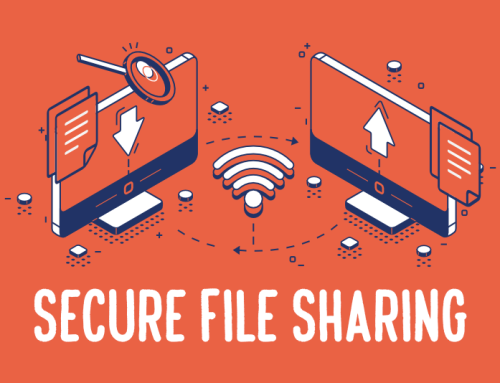Website infected
Our lives would not be the same without the internet, which puts a wealth of knowledge and entertainment at our fingertips. However, as our reliance on online platforms grows, so does the chance that we will visit a website that is infected. Hackers and cybercriminals are constantly looking for weaknesses to exploit and infect websites with malware, ransomware or other harmful content. In this article, we can see the dangers posed by infected websites. And let’s discuss how to avoid falling into these online traps.
What is an infected website?
A website that has been compromised by hackers or other bad actors, who then insert harmful code or content into its pages, is said to be infected. These websites may unintentionally collect sensitive information, reroute users to phishing websites, engage in other malicious activities, or spread malware to visitors’ devices. Numerous factors, including out-of-date software, lax security measures, or user negligence, may contribute to the infection.
Risks associated with infected websites:
-
a) Malware contamination:
Infected websites frequently act as a haven for malware. Unknowing users who access these websites run the risk of unintentionally downloading malicious software to their devices. Serious consequences could result from this, such as identity theft, data breaches, or even monetary loss.
-
b) Phishing campaigns are frequently started by hackers using infected websites.
They make phony login pages or forms that resemble those on real websites, tricking users into providing sensitive data. This information can be used to steal identities or gain unauthorized access to personal accounts once it has been obtained.
-
c) Drive-by downloads:
Malware may be automatically downloaded onto users’ devices by infected websites using “drive-by downloads” without the users’ knowledge or consent. This can happen as a result of flaws in operating systems, plugins, or web browsers. The security of both individuals and organizations may be jeopardized by such attacks.
Signs of a compromised website: Avoiding potential threats requires being aware of the telltale signs of a compromised website. Some signs that a website may be compromised include the following:
Unexpected redirects: If you frequently find yourself, without your intervention, being forwarded to dubious or unrelated websites, it may be a sign that a website is infected.
-
b) Pop-up ads:
An abundance of pop-up ads, particularly those with questionable or offensive content, may point to a website that has been compromised.
-
c) Unusual browser behavior:
Malicious code operating in the background may be the cause of your web browser frequently crashing, running slowly, or acting unresponsively when you visit a particular website.
-
d) Browser alerts:
When attempting to access a website that is known to be infected, modern web browsers frequently issue alerts. It is best to stay away from a site if you see such warnings.
How to protect yourself from malicious websites? a) Update your software. To make sure you have the most recent security patches and bug fixes, regularly update your operating system, web browsers, and plugins. Software that is out of date is more open to abuse.
Install reputable antivirus and anti-malware software to add an extra layer of defense against infected websites. b) Use dependable security software. Update your software frequently to stay on top of new threats.
-
c) Use caution when browsing:
Pay attention to the websites you visit and use caution when downloading files or clicking on strange links. Avoid clicking on dubious ads and stick to reputable websites.
Use a virtual private network (VPN) to encrypt your internet connection, which makes it more difficult for hackers to access your data. Additionally, it enables anonymous web browsing, lowering your chance of coming across malicious websites.
It’s important to exercise caution when using the internet in today’s threat-filled digital environment. The security of your devices and your personal information are seriously threatened by infected websites. You can lessen the effects of a website infection by identifying the warning signs and taking proactive safety measures.






